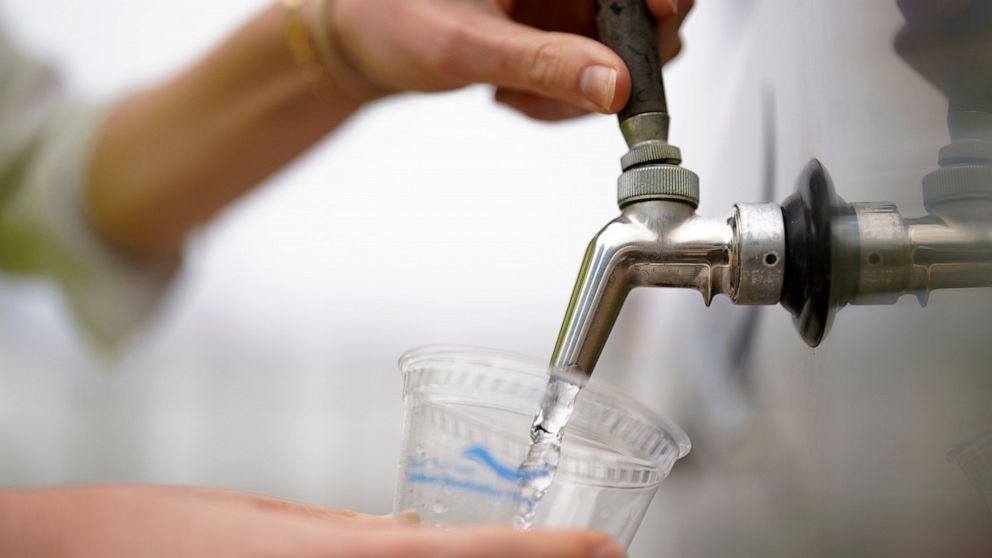OfTheCross
Veteran

How San Diego secured its water supply, at a cost
As a worsening drought forces millions of Californians to use less water, one corner of Southern California has largely shielded itself from supply-related woes: San Diego County
As a worsening drought forces millions of Californians to face mandatory water restrictions, one corner of Southern California has largely shielded itself from supply-related woes: San Diego County.
For Western water planners, the path it took to get there serves either as a blueprint or a cautionary tale.
Over the past three decades, San Diego County diversified its water supply, ramped up conservation and invested in big-ticket water infrastructure including the Western hemisphere’s largest desalination plant, which removes salt and impurities from ocean water. As a result, the water agency that serves 24 water utilities including the city of San Diego says it can avoid cuts until at least 2045, even during dry periods. But that security has come at a cost.
San Diego County's water is among the most expensive in the country, costing about 26% more at the wholesale level in 2021 than the Metropolitan Water District's, which serves Los Angeles and surrounding counties. Now, two rural irrigation districts in San Diego County home to large avocado industries want to break away from the regional water supplier, saying they can purchase cheaper water elsewhere. If they succeed, water in San Diego County could grow even more expensive.
“San Diego's situation is very surprising, very striking,” said Michael Hanemann, an environmental economist at Arizona State University who recently was commissioned to study the region's water costs for a California agency. “I think this is a harbinger of something that’s going to happen elsewhere in California and elsewhere in the U.S.”
So in 2003, the water authority cut a deal to get water from the single largest user of the Colorado River, the Imperial Irrigation District, in Southern California. San Diego County funded repairs to leaky canals belonging to Imperial and signed a historic water transfer deal. Today, it receives about 55% of its total supply from Imperial as part of the deal.
The water authority also helped farmers use less water. It raised dams to increase storage capacity in reservoirs. It provided rebates to homeowners who ripped out grass lawns for water-efficient alternatives.
In 2012, San Diego County forged a deal to get 10% of its water supply from the Carlsbad Desalination Plant for the next 30 years. The plant produces 50 million gallons of drinkable water — enough for about 400,000 people — every day and is by far the region's most expensive water source.
While those efforts took hold, demand steadily fell, even as half a million more people moved to San Diego. Statewide water cuts during drought, more efficient showers, toilets and taps, rebates to tear out grass and the use of recycled water did what they were supposed to do — steeply reducing per-person water use. By 2020, San Diegans used 30% less water than in 1990.